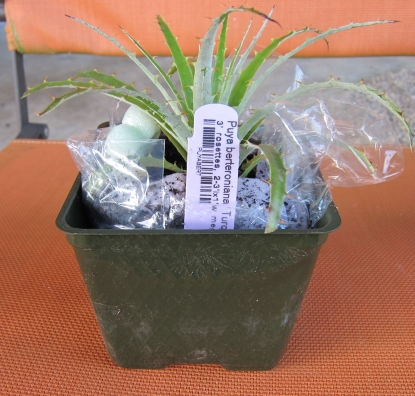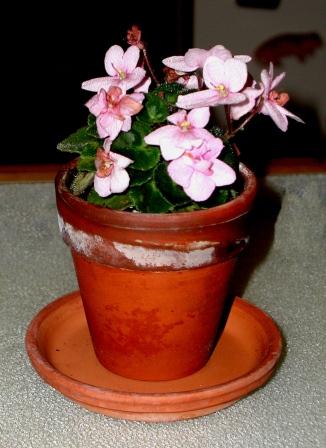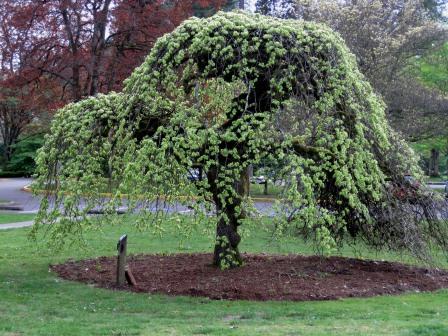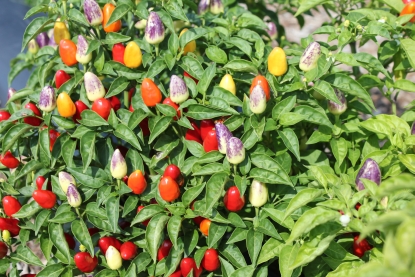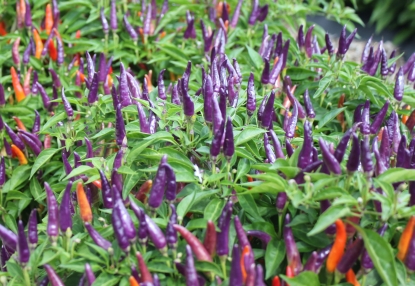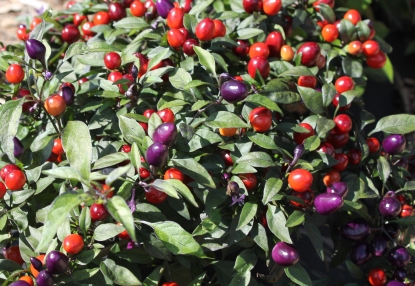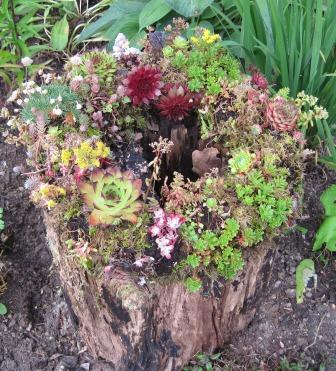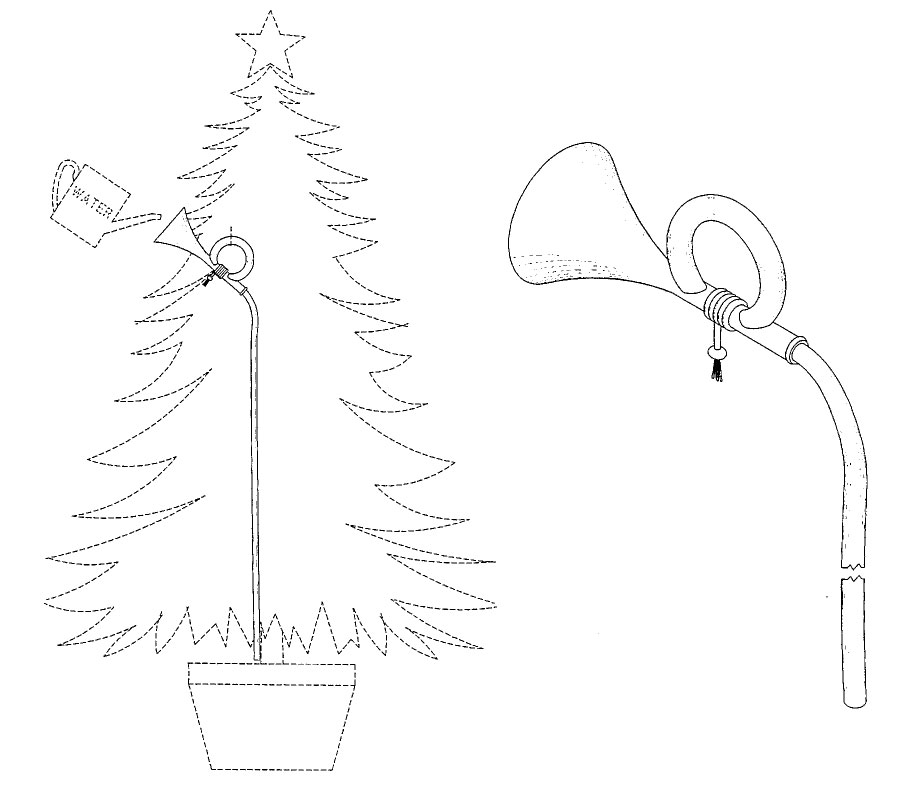Just a short post today as I am participating in an Extension planning meeting for most of the day. One up-side to the meeting is we are meeting and having lunch at Brody Dining hall here at MSU. If you’re around my age and attended college in the 80’s, the thought of eating at a dormitory dining hall might elicit memories of a hair-netted cafeteria lady glopping amorphous slop on your tray next to the mystery meat of the day. Boy, how times have changed. Today, the quality of dining hall food is point of competition for universities angling for students. The Brody dining center is set up like a food court, daily choices for students include a fresh salad bar, southwest food, sushi, made to order pizza, home-style comfort food, even kosher food.
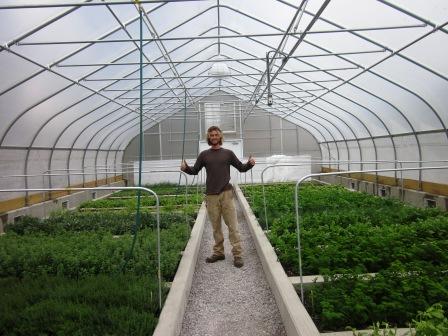
The dining halls are also part of MSU’s sustainability initiative. Food wastes from the dining halls are collected and sent to an anaerobic digester and composted at the MSU Student Organic Farm. The compost is used at the recently completed Bailey hoop-houses on campus to produce salad green and herbs for use in the dining halls, providing a closed-loop system. Is the food produced in the hoop-houses going to make the dining halls completely self-sufficient? Probably not in the foreseeable future. But they do provide a good opportunity to promote horticulture. The project has generated numerous press articles and there are posters around the dining hall highlighting the project. In an age when many bemoan the public’s disconnect between farm and fork, the Bailey GREENhouses remind students, especially those that might not think about it otherwise, where their food comes from.

